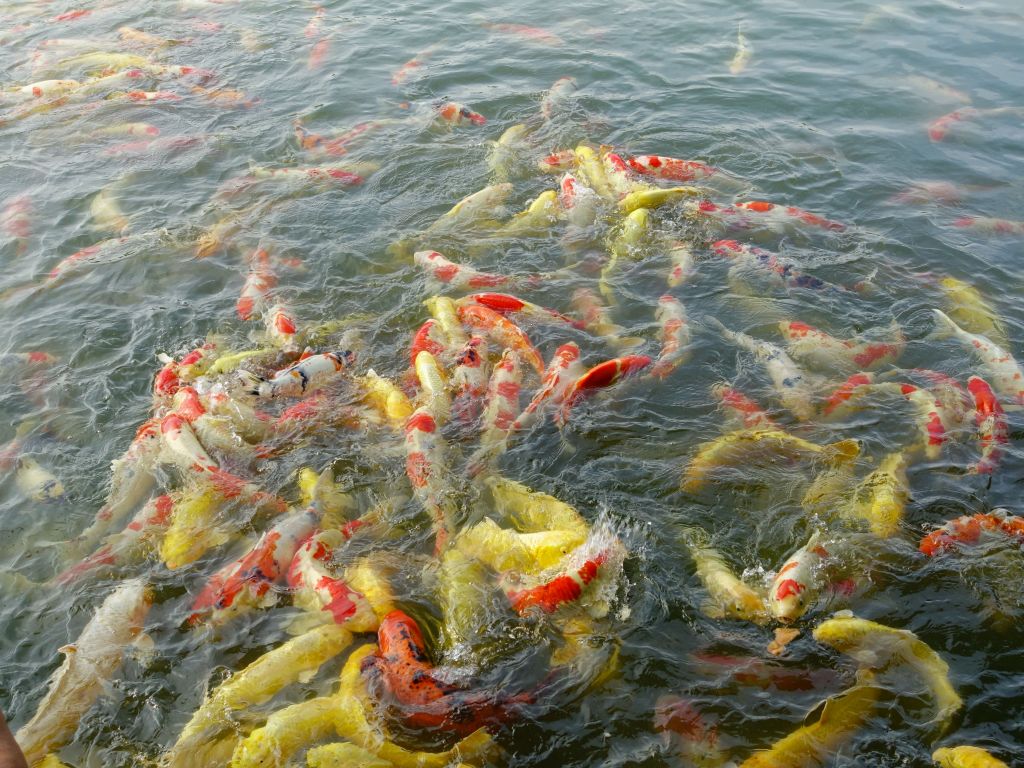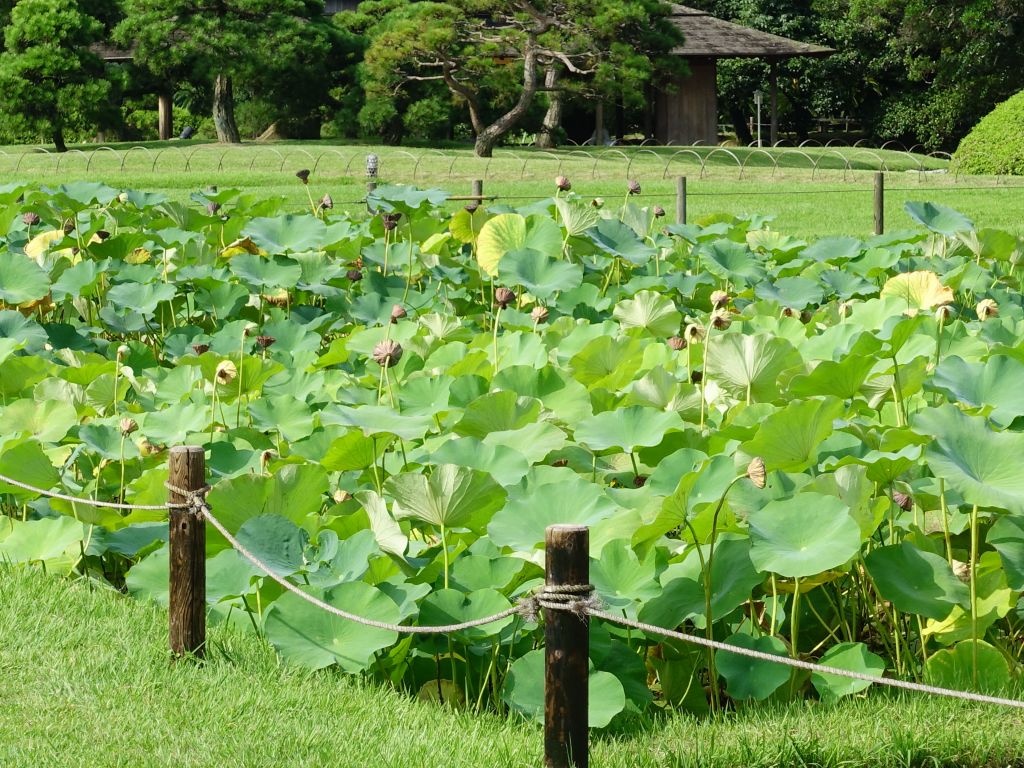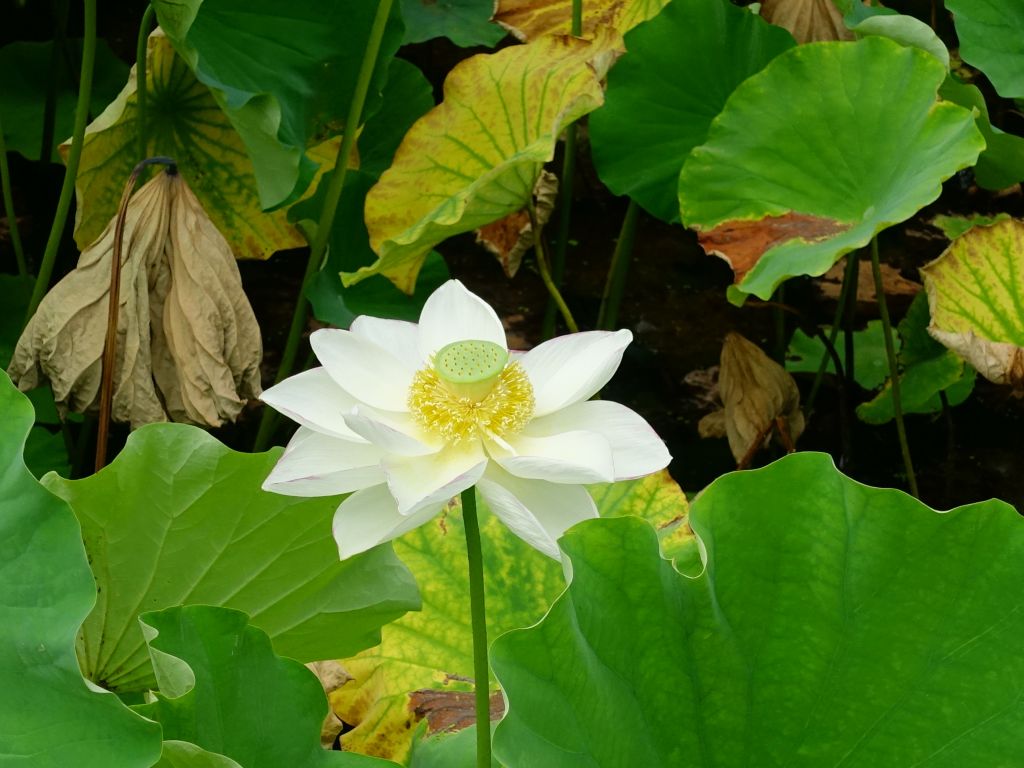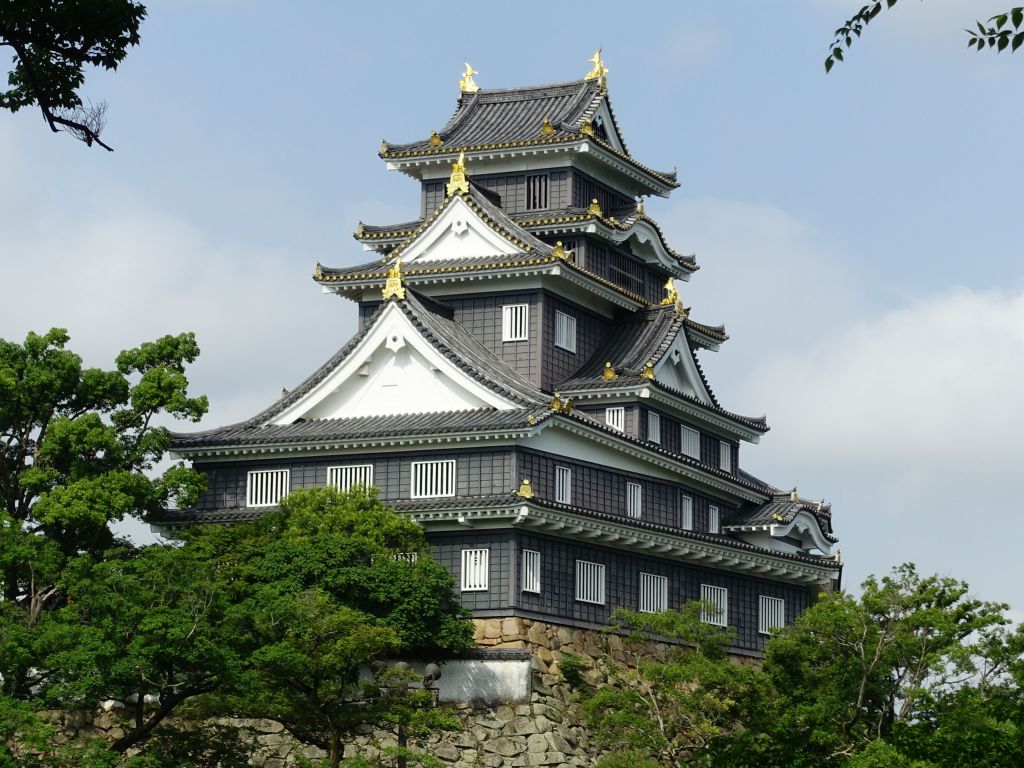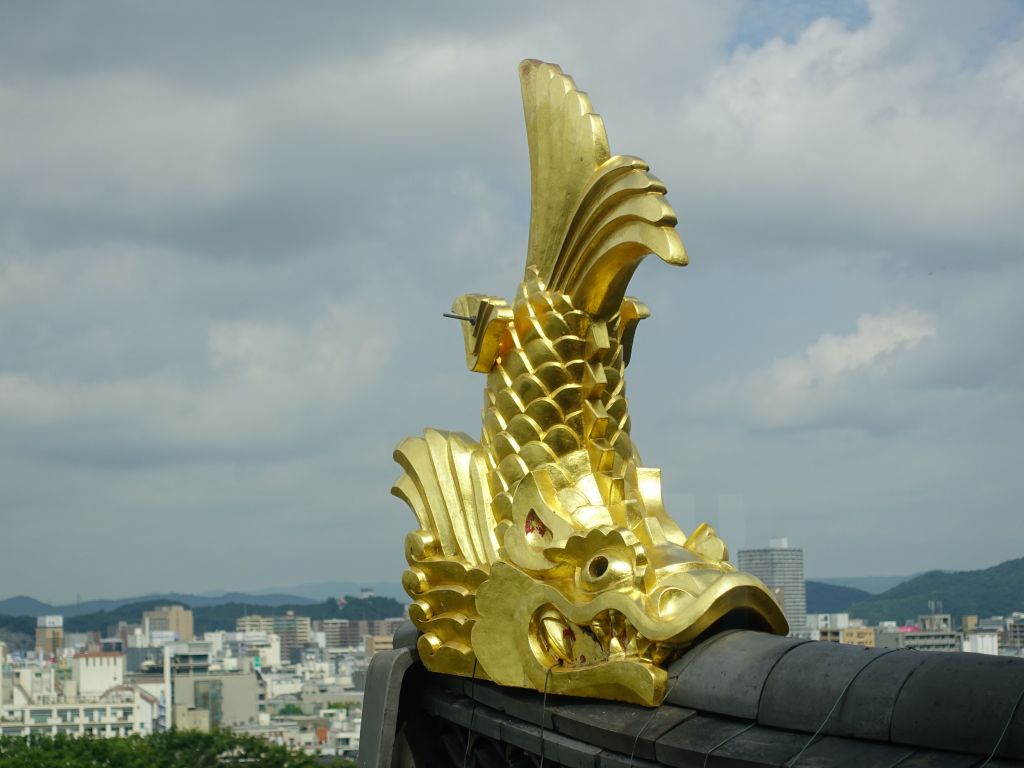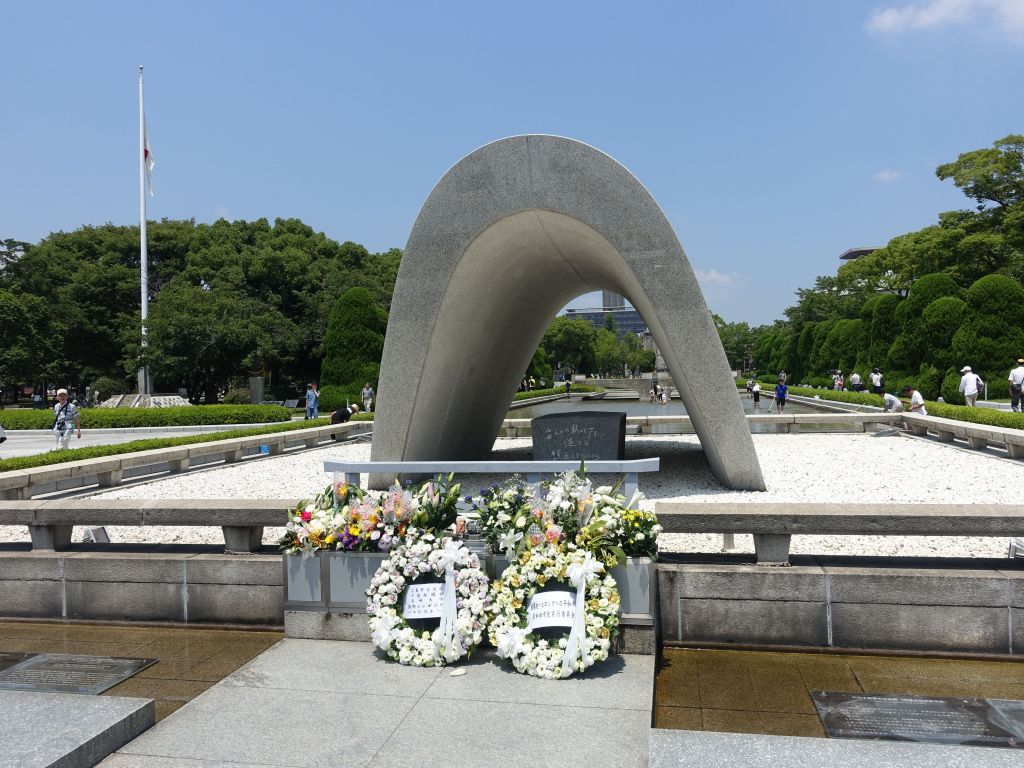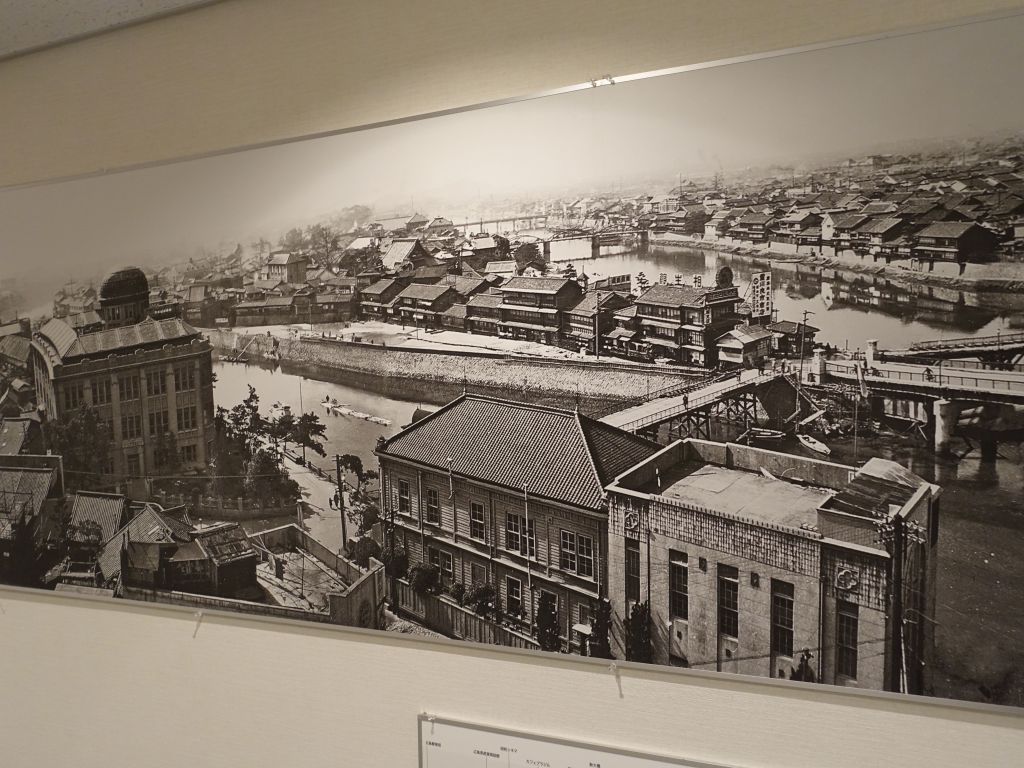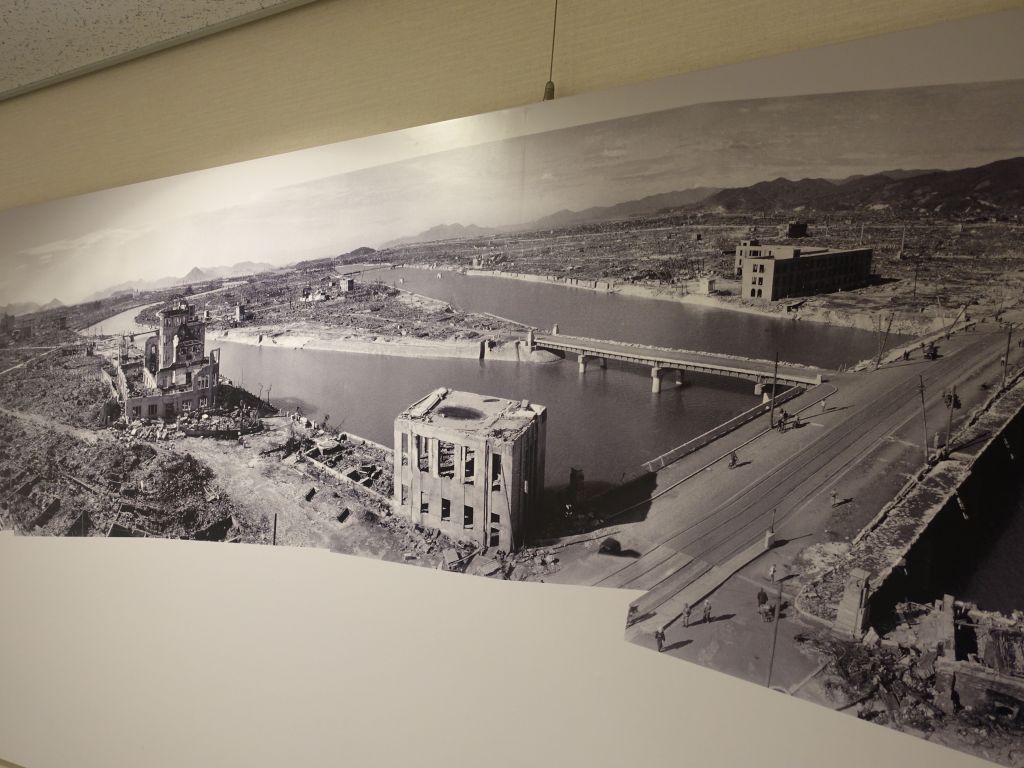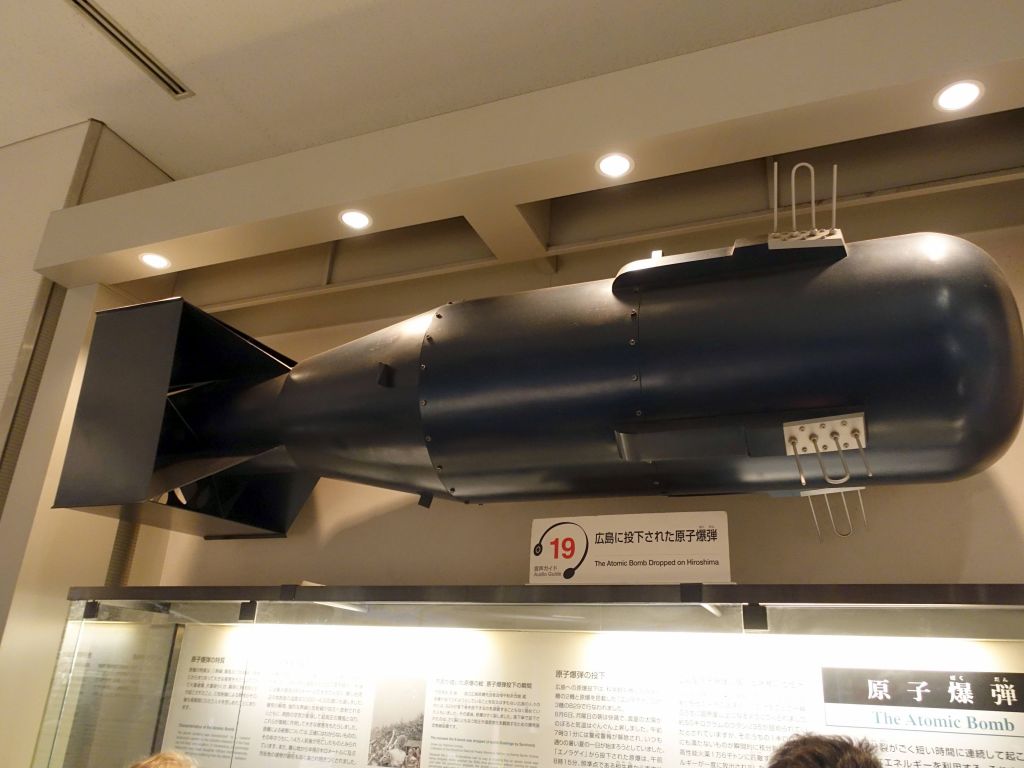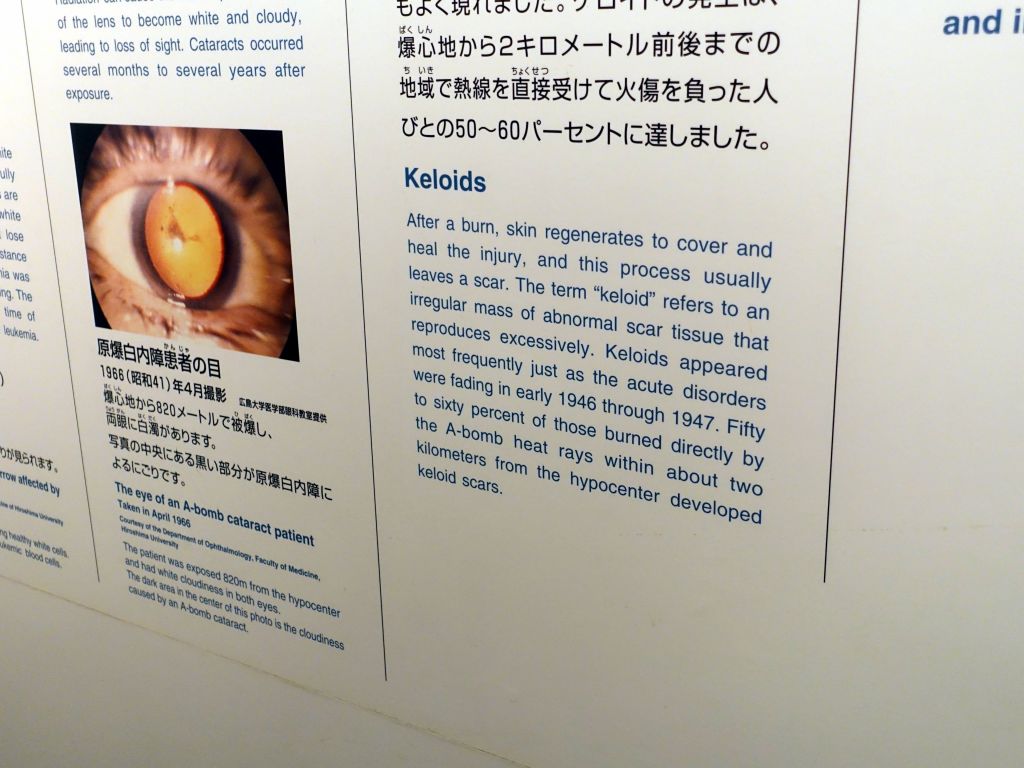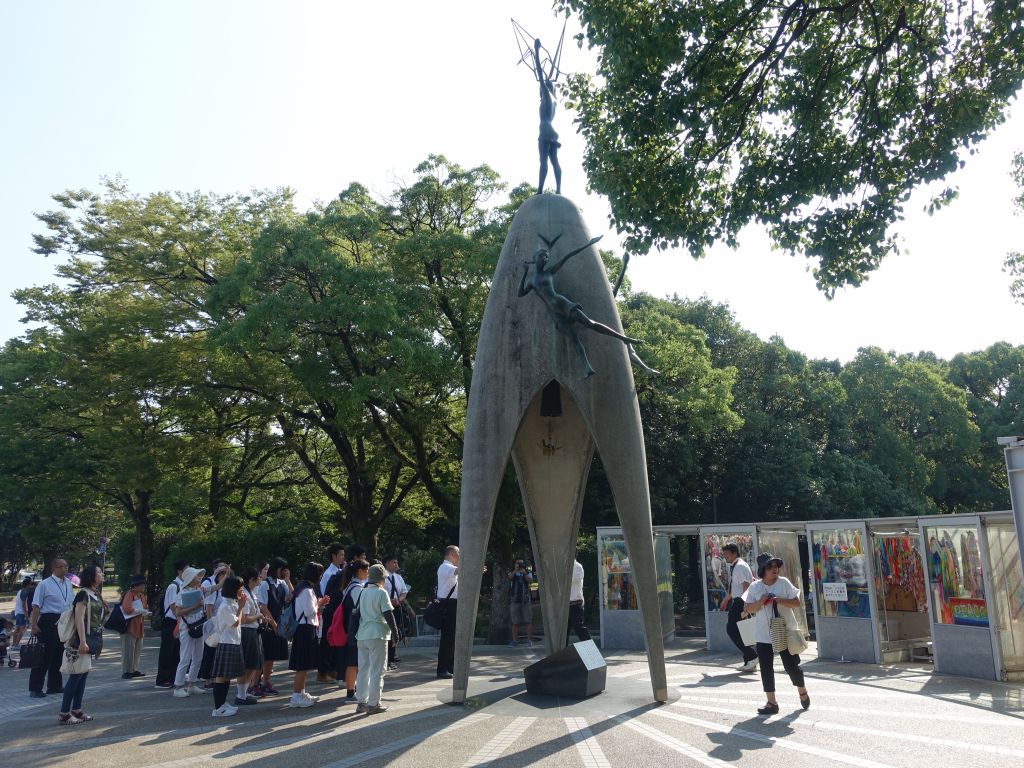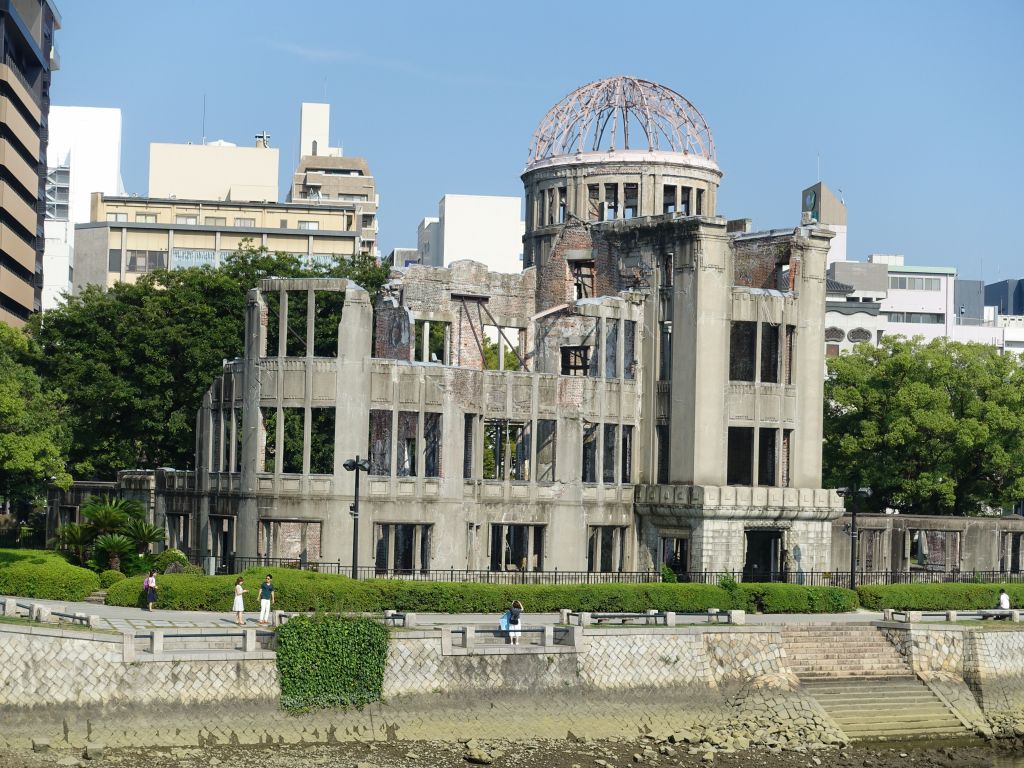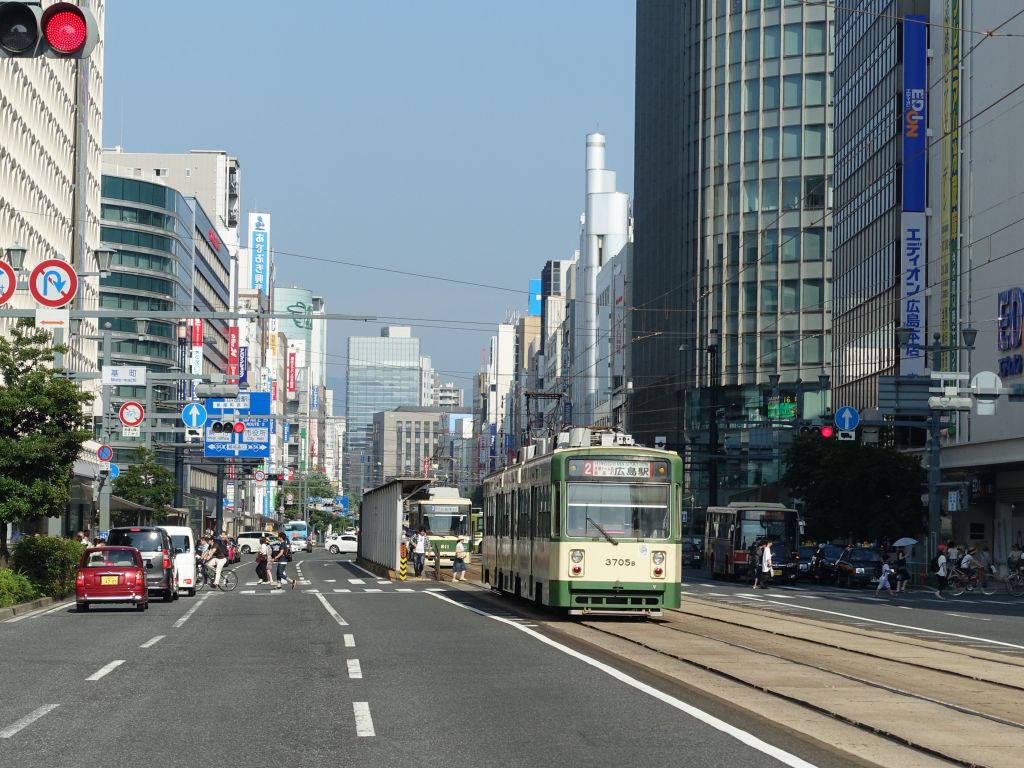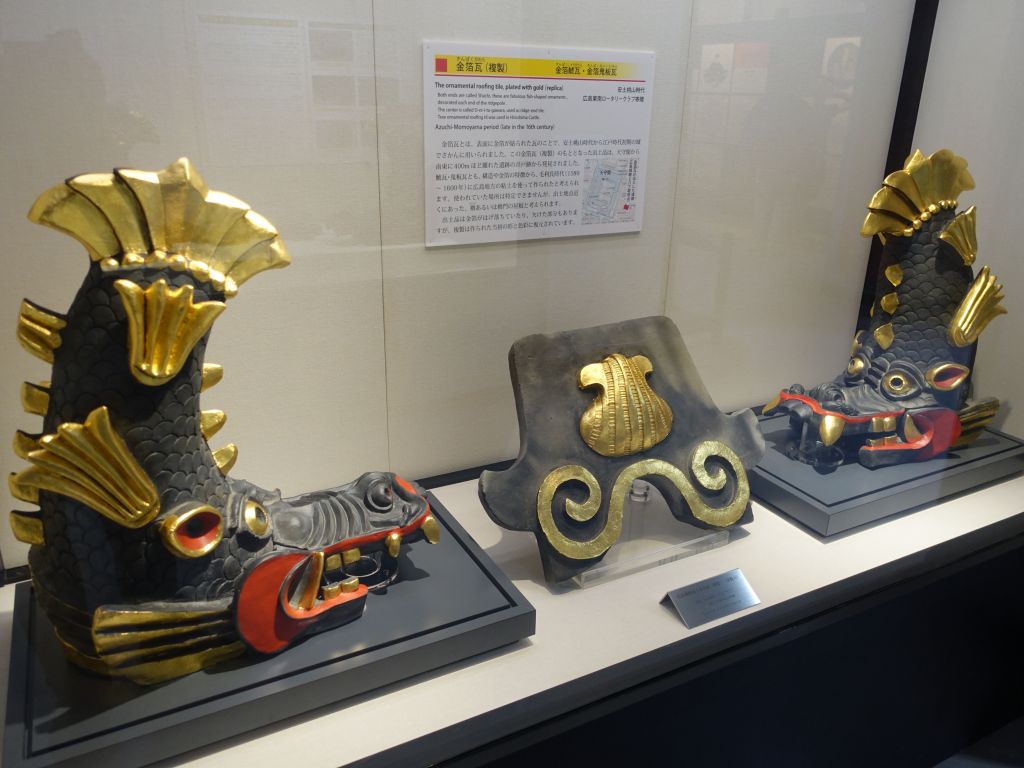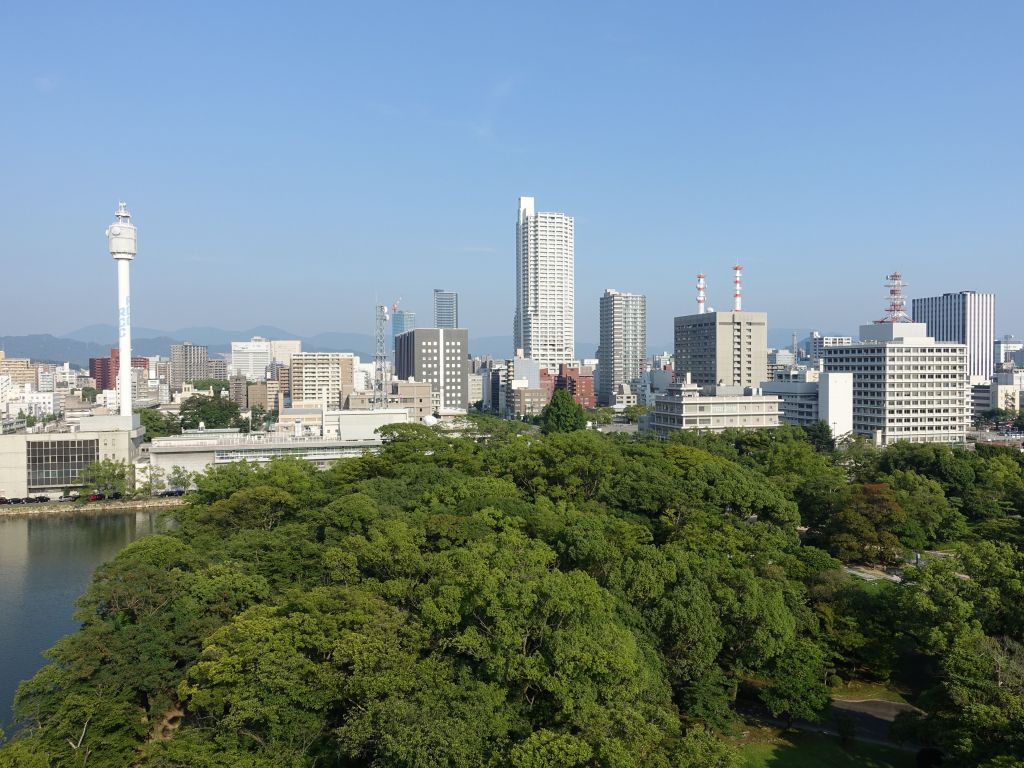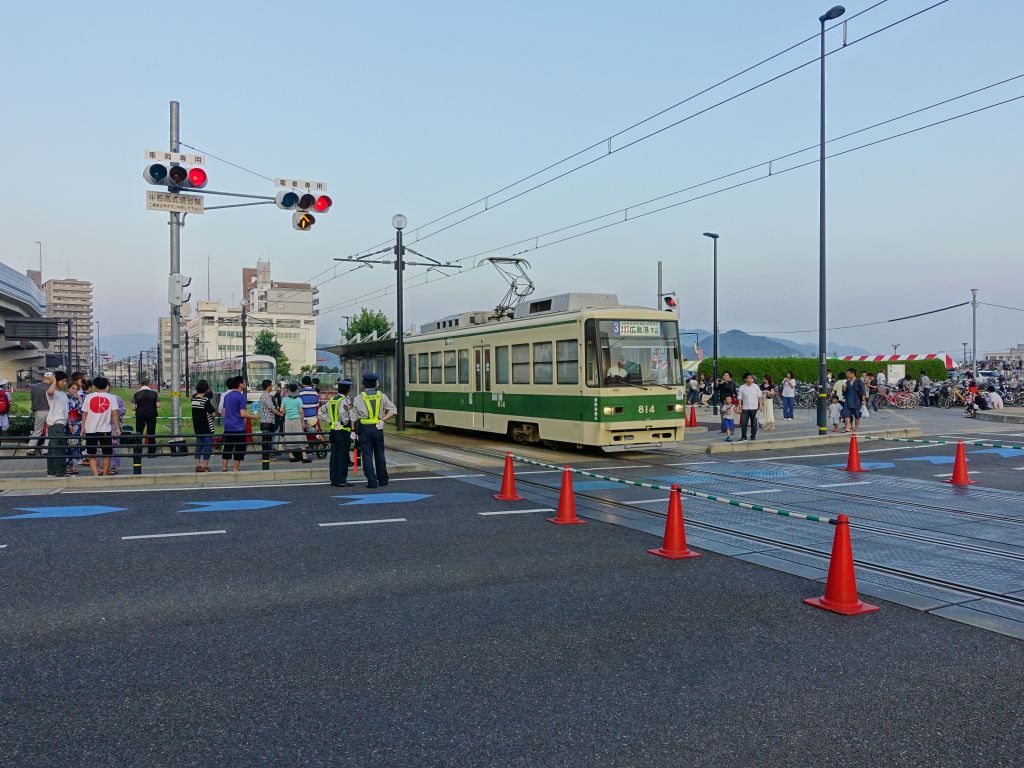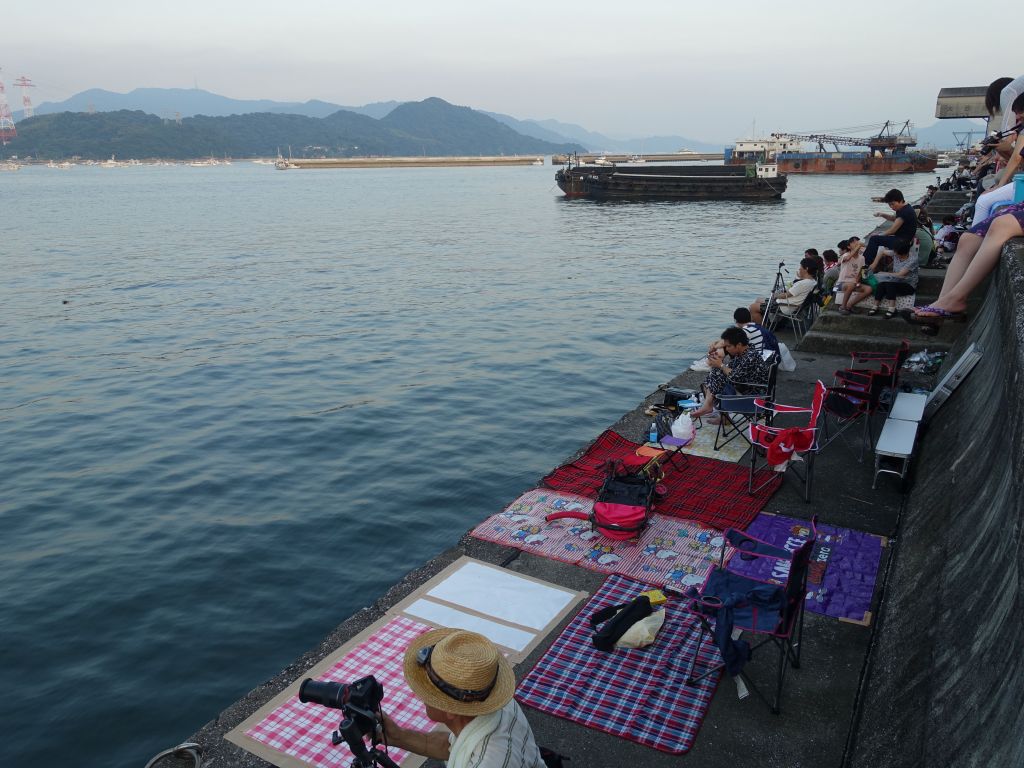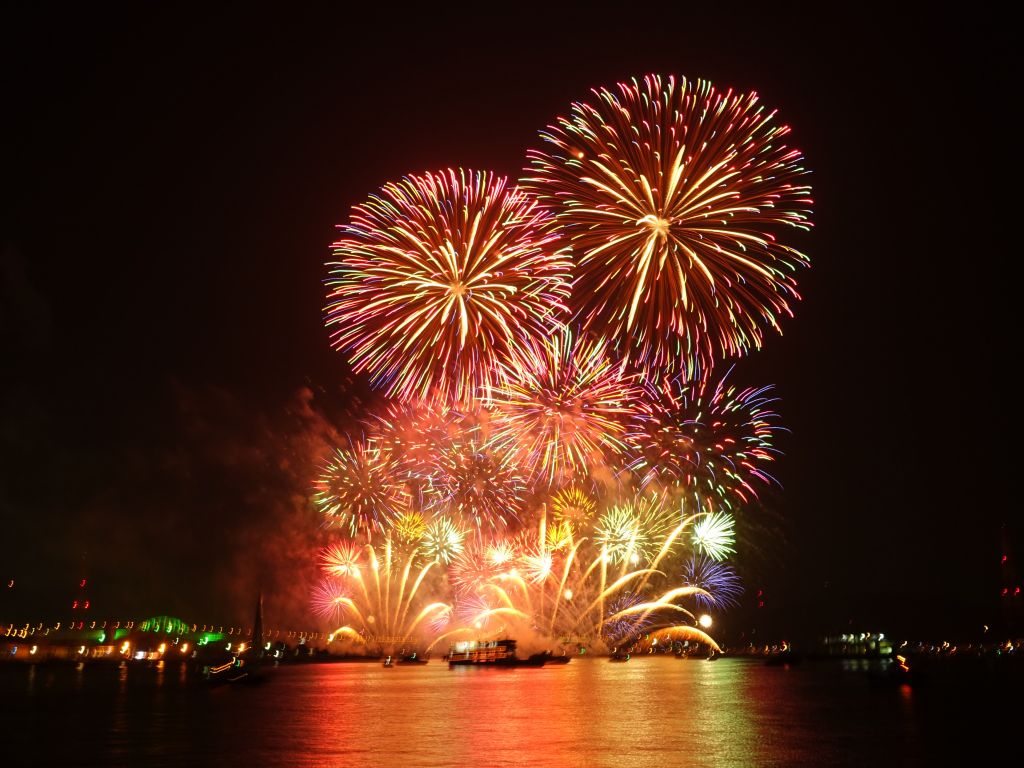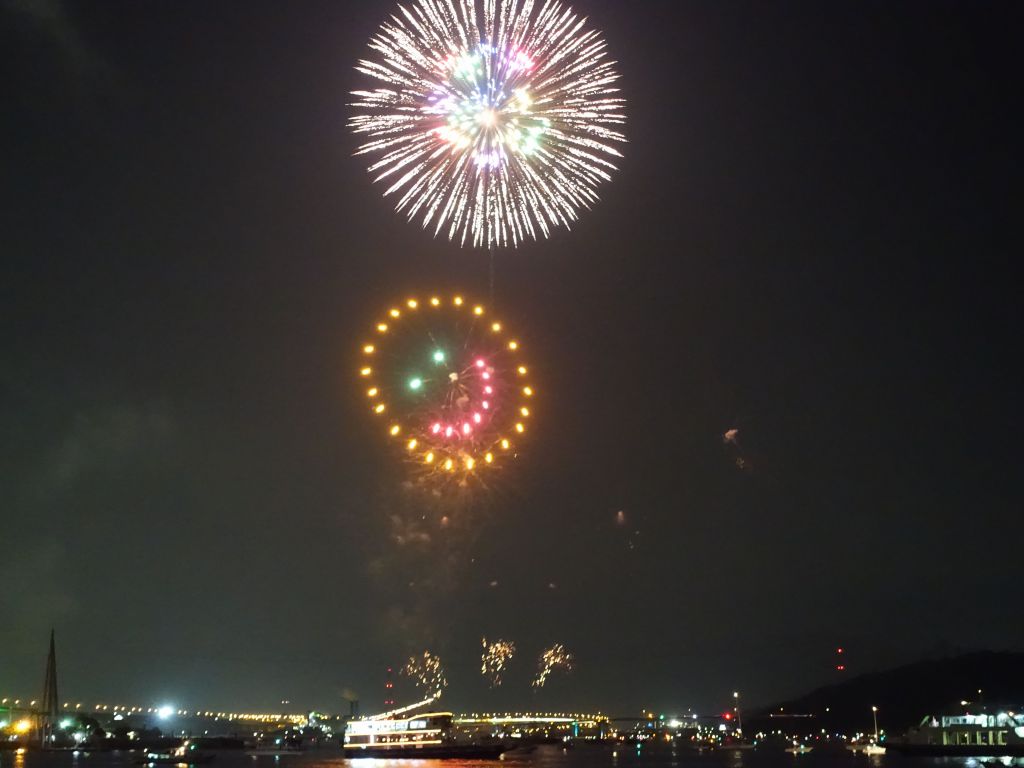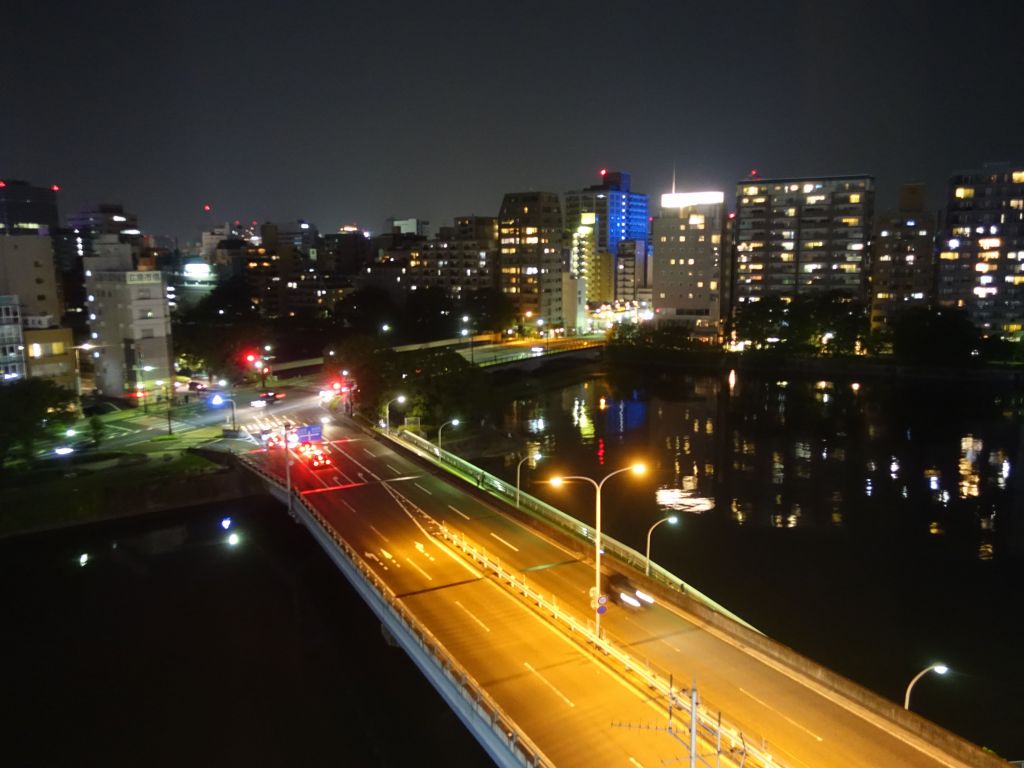
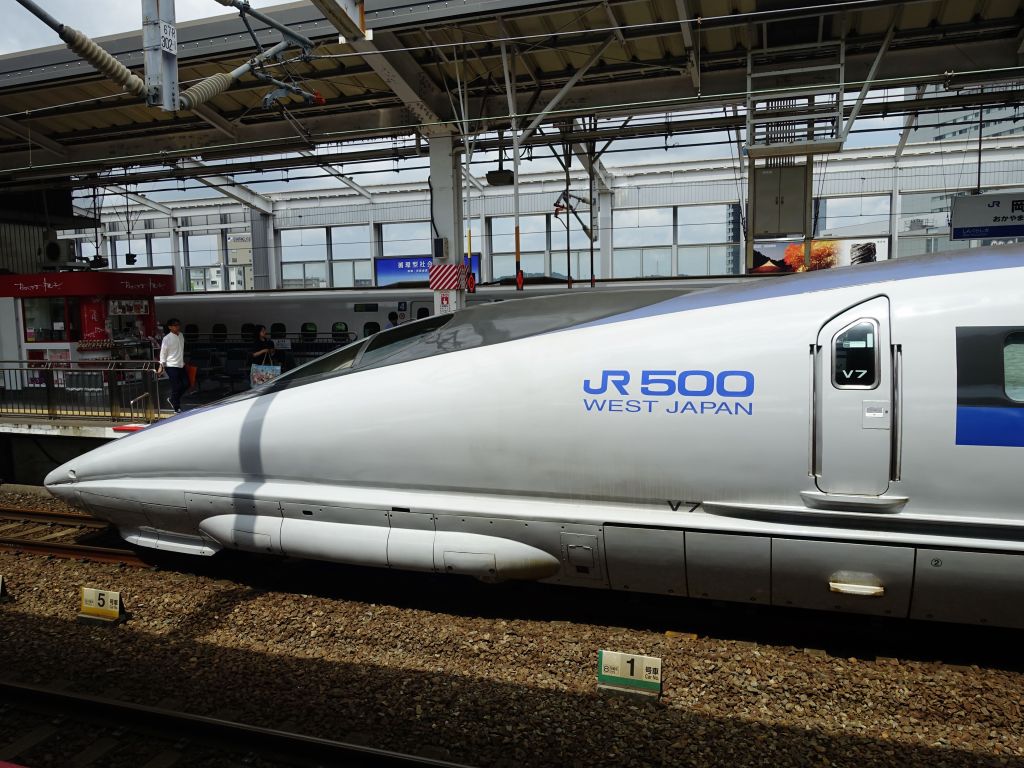
sadly we didn't get to ride this train
He was a very nice man and he gave us his own take on the displays, which definitely was a big plus:
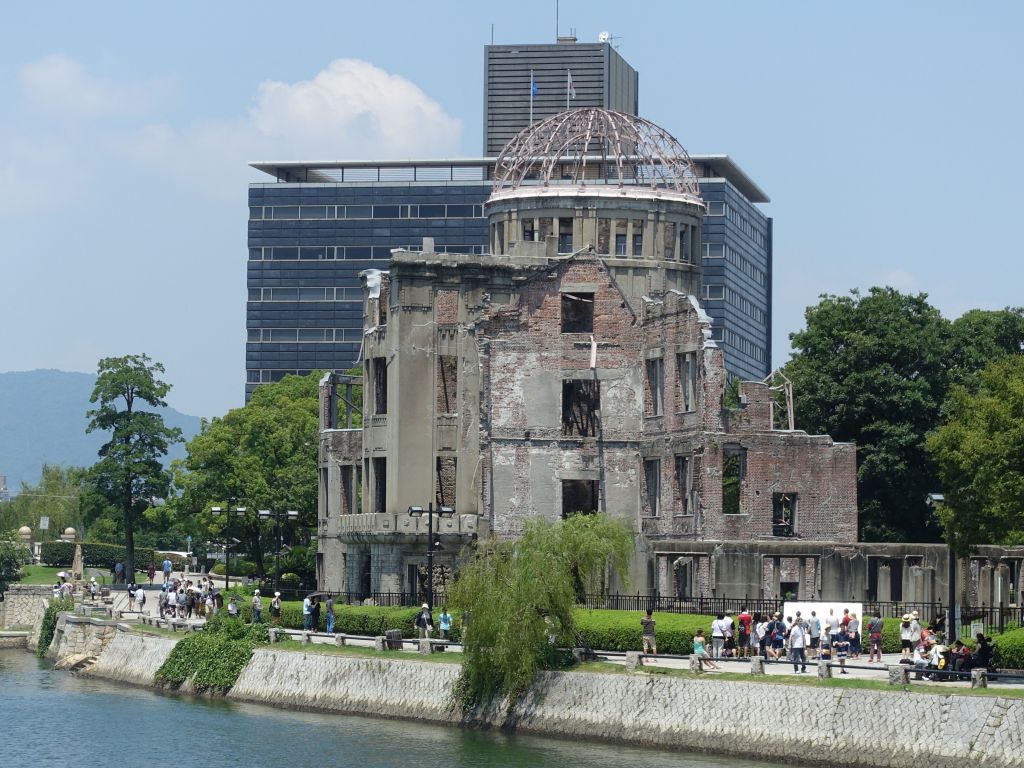
welcome to Hiroshima, this is the famous building that partially survived the blast

graphic display showing how some people actually were after the blast, with their skin half burnt out and hanging
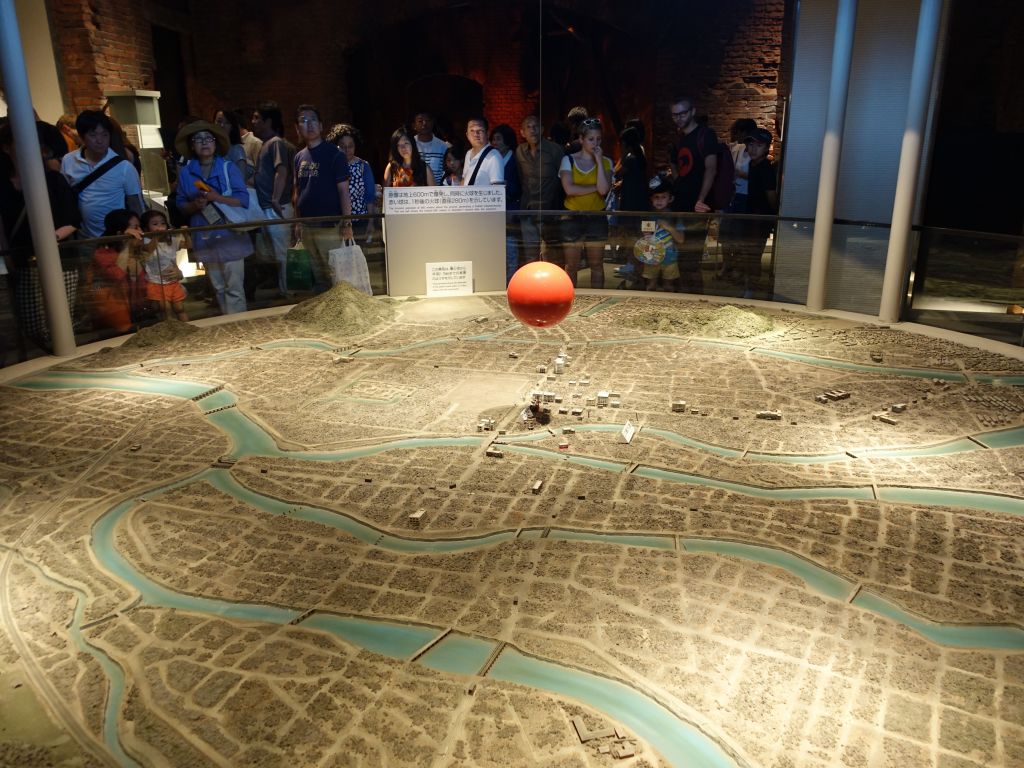
a lot of people don't know the bombs were designed to detonate in the air, for a longer reach
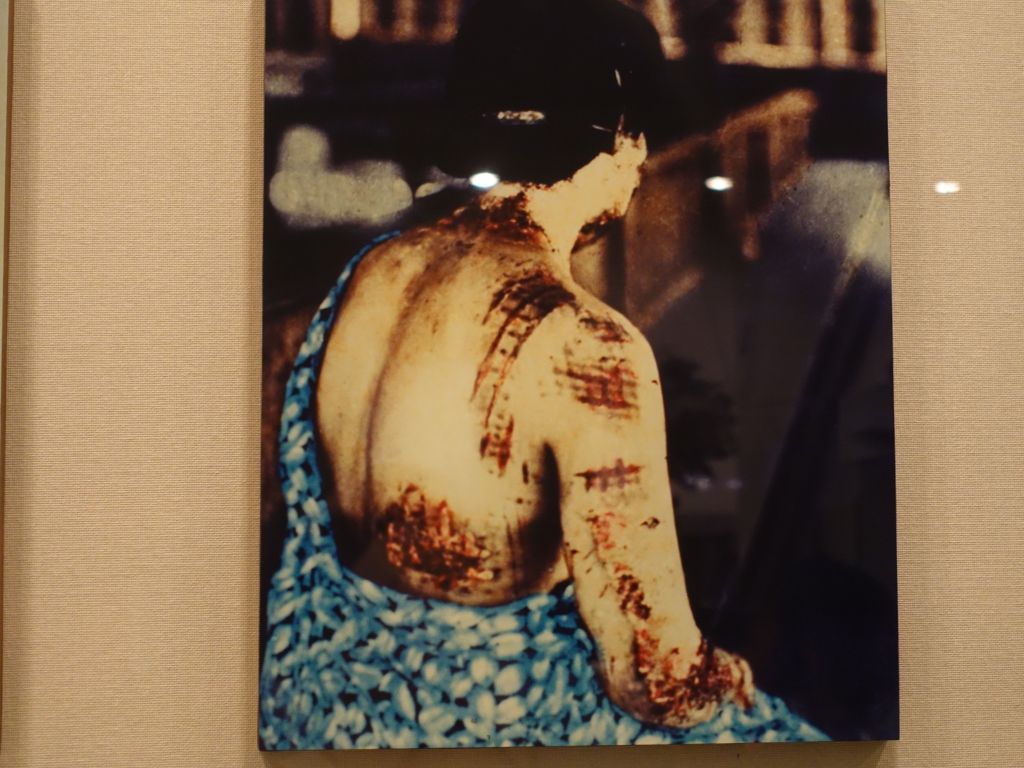
this poor lady got her kimono patterns burnt into her skin

many paper cranes to make those patterns
To its credit, the museum does mention the 20,000 Koreans that were killed in Hiroshima (and that were there as forced labour, although that "detail" isn't really mentioned).
If you care about more details on this part of history, this post on Why didn't Japan surrender after the first atomic bomb?. this other article, claims 'The invasion of Japan promised to be the bloodiest seaborne attack of all time, conceivably 10 times as costly as the Normandy invasion in terms of Allied casualties. On July 16, a new option became available when the United States secretly detonated the world's first atomic bomb in the New Mexico desert.', which sadly sounds about right.
This other article mentions 'The Supreme Council met at 10:30. Suzuki, who had just come from a meeting with the Emperor, said it was impossible to continue the war. Tōgō Shigenori said that they could accept the terms of the Potsdam Declaration, but they needed a guarantee of the Emperor's position. Navy Minister Yonai said that they had to make some diplomatic proposal they could no longer afford to wait for better circumstances." According to wikipedia: In the middle of the meeting, shortly after 11:00, news arrived that Nagasaki, on the west coast of Kyūshū, had been hit by a second atomic bomb', which strongly implies that Japan would have surrendered after the first atomic bomb, given a bit more time than the meager 3 days they were given
I realize those are controversial topics, but they are are important in my opinion. Going back to the main topic of the effects of the bomb, and how it was horrible on the civilian population, the museum does a great job. Another sobering thought I learned was that the bomb in iroshima only yielded 1.5% of its potential. This is another way to say that it could have made 66 times more damage if the fission of its uranium had gone to completion! Wikipedia says When 1 pound (0.45 kg) of uranium-235 undergoes complete fission, the yield is 8 kilotons. The 16 kiloton yield of the Little Boy bomb was therefore produced by the fission of no more than 2 pounds (0.91 kg) of uranium-235, out of the 141 pounds (64 kg) in the pit. The remaining 139 pounds (63 kg), 98.5% of the total, contributed nothing to the energy yield The museum also roots for a world without nuclear weapons, but in my opinion, with the threat of new nations that are happy to kill others no matter what the cost to them, I'm afraid that a world without nuclear weapons is sadly a pipe dream. That genie isn't going back in the bottle unfortunately, let's just hope that only responsible nations can be left with them, and the fewer the better. Nonetheless, despite the museum not being perfect, overall I thought it did a fair enough job, especially in a country where historical truths are apparently not exactly free, and needless to say that no matter what side you might be on, the death, pain and suffering people of Hiroshima had to endure, is very painful and touching. Next, we walked to Hiroshima Castle, which obviously is not original but does look nice. As a bonus, it has an elevator inside, and AC :) Next, we went to Shukkeien, another beautiful garden, just next door to the castle:




